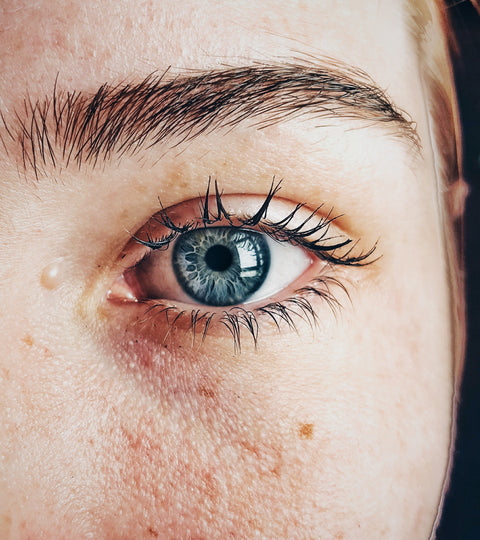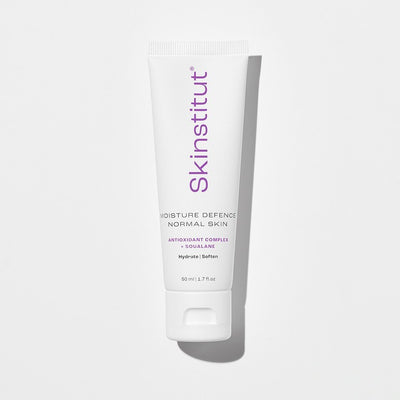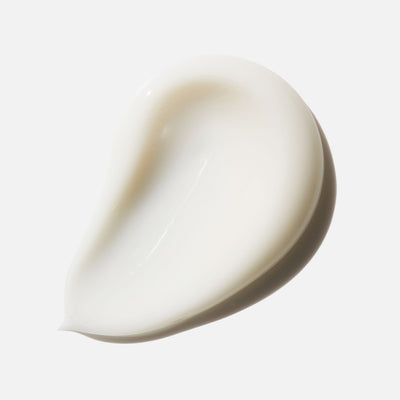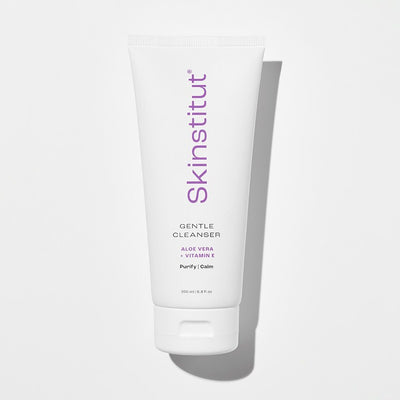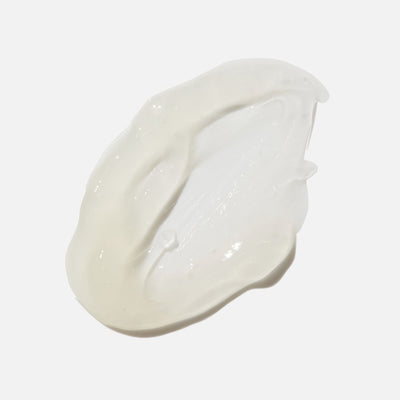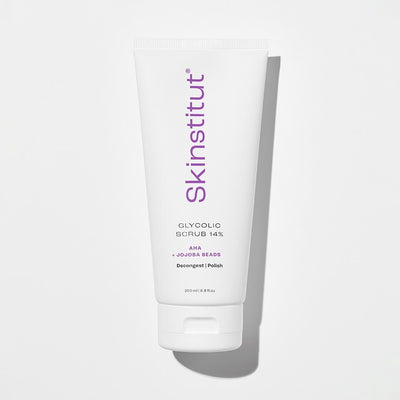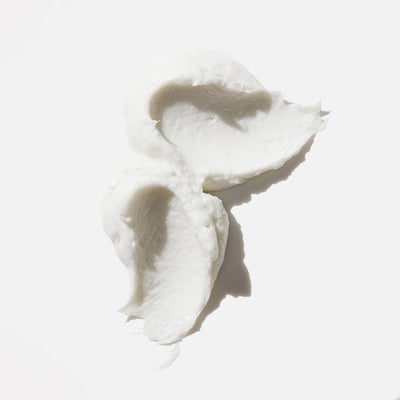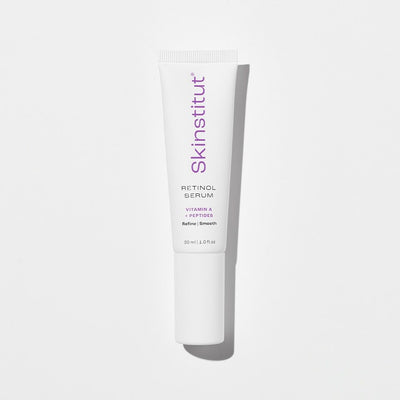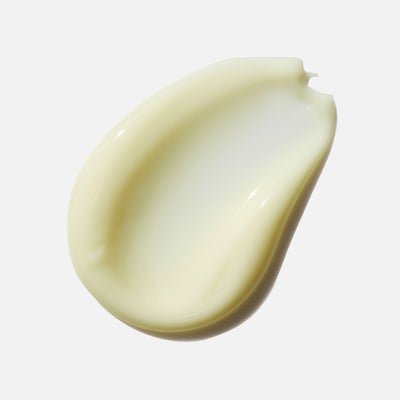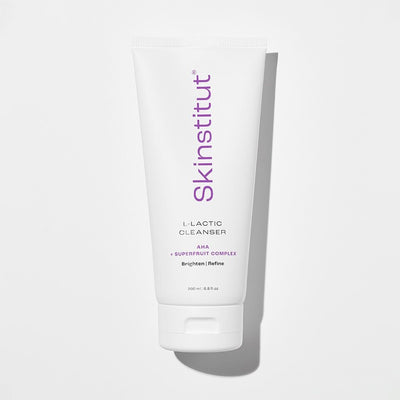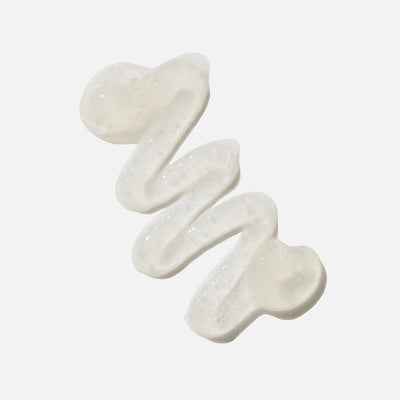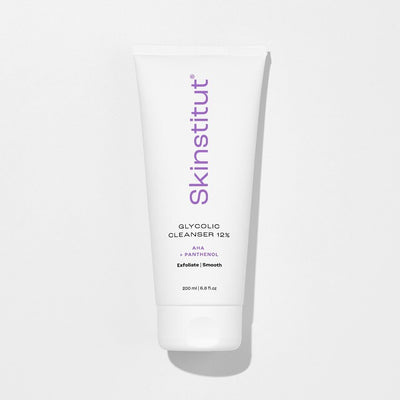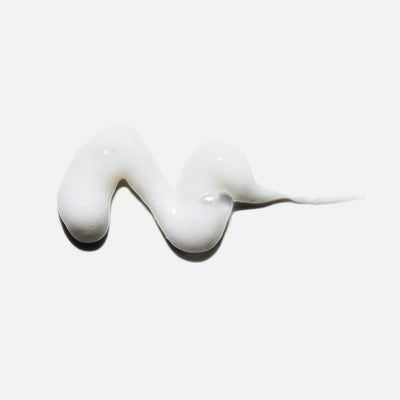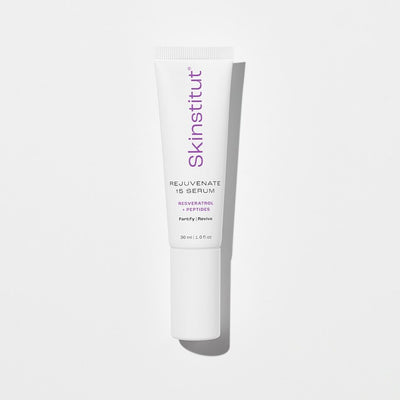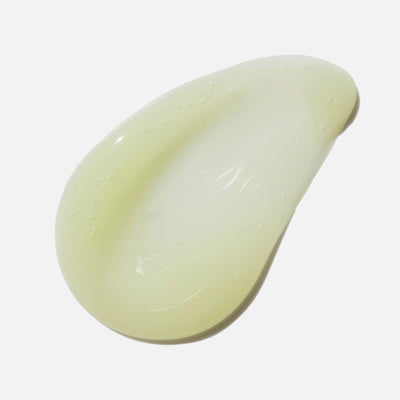The skin is the body’s largest organ, and, as it is the body’s first line of defence guarding against potentially harmful pathogens while simultaneously keeping the good stuff (like water) inside, this should come as a relief.
The skin barrier is the outermost layer of the epidermis and does a lot of this heavy lifting. Despite being essential to skin health, the barrier is easily impaired, leading to a number of undesirable symptoms such as redness, itching, burning and rough texture.
If you’re thinking ‘this is me’, you’re not alone, but the good news is that with the right routine and ingredients, you can nurse your barrier back to health. Keep reading for our expert-approved guide to keeping your skin barrier strong.
What Exactly Is The Skin Barrier?
Our skin is composed of three main layers:
- The epidermis or outermost layer.
- The dermis, which is the middle layer containing collagen and elastin, as well as the blood supply; and
- The subcutis layer of fat that forms a cushion between our skin and the muscle.
The skin barrier itself refers to the very uppermost layer of the epidermis, often called the stratum corneum. This layer is made up of strong, resilient cells that regulate water content, trigger an immune response to harmful pathogens, reduce the effects of UV exposure and defend against oxidative stress, which occurs when there is an imbalance between free radicals and antioxidants in your body.
When the barrier is healthy, our skin looks smooth, calm and radiant. But when it’s damaged or impaired, our skin condition can deteriorate.
How Do I Know If My Barrier Is Damaged?
Annoyingly, there’s a whole host of lifestyle factors that contribute to a damaged skin barrier:
- Lack of sleep
- Stress
- Nutritional deficiencies
- UV radiation
- Pollution exposure
- Smoking
The overuse of actives, like harsh scrubs, accelerating acids and retinoids can also be a contributing factor.
You can generally tell if your skin barrier is impaired if symptoms like redness, itching, rough or bumpy texture, burning, dullness and random breakouts are present.
3 Steps To Fixing An Impaired Barrier:
The good news about skin is that it's regenerative, so with the help of nourishing topical skincare, your skin barrier can be restored to a healthy, protective state.
Pause the Actives
The first thing to do if you notice your barrier faltering is to stop using any active ingredients like accelerating acids (glycolic, lactic and salicylic) or vitamin A derivatives such as retinol. Generally, these are results-driven and clinically proven, but can contribute to skin damage if your barrier is damaged.
Instead, opt for a pared-back routine involving a non-stripping cleanser, reparative serum, plenty of moisture and sunscreen. Once your skin returns to normal, slowly reintroduce them, ensuring not to overdo it. For more skintel on layering, check out our recent blog entry here.
Our Picks:
Gentle Cleanser: This lightweight formula purifies and replenishes the skin thanks to antioxidant-rich Goji Berry, Green Tea and Cucumber Oil.
Rejuvenate 15: Packed with essential vitamins and antioxidants, this rejuvenating serum counteracts environmental stress, a must for those experiencing an impaired barrier.
Expert Reset Skin-Firming Peptide Serum: Formulated to support skin repair, our Peptide skin firmer combines Panthenol, Niacinamide, Hyaluronic Acid and Peptides to plump, soothe and strengthen.
Focus on Moisture
A damaged barrier can dramatically affect skin moisture levels, so it’s important to replenish it with a mix of humectant, emollient and moisture-loss-preventing ‘occlusive’ formulations.
Humectants, like glycerine or hyaluronic acid, attract water into the skin and slow down evaporation. They’re essential to mitigate dehydration and prevent feelings of discomfort.
Our Pick:
Expert Revitalise Hyaluronic Jelly Mask: Rich in Hyaluronic Acid, Glycerine and Panthenol, this gel formula is like a tall drink of cool water for skin.
Emollients soften and smooth the skin’s surface by ‘filling in’ cellular gaps with lipids and oils. They also work to retain the water obtained by humectants (smart).
Our Pick:
Expert Restore Niacinamide Replenishing Cream: This ultra-soothing cream is made with Macadamia Oil and Avocado Oil, as well as soothing Niacinamide to restore epidermal function and fight dehydration.
Occlusive ingredients (think shea butter, lanolin or beeswax) have larger molecules that form a physical layer on the skin’s surface. They repel water, as well as locking in moisture within the skin. Occlusive balms and creams can be used to defend against further barrier damage and protect vulnerable cells.
Our Pick:
Repair Balm: Ceramides and Shea Butter work hard to soothe and condition damaged, depleted complexions.
Don’t Skip Sunscreen
Finally, it’s paramount to stick with daily SPF, especially when the skin barrier is already damaged and susceptible to UV exposure. Be sure to use one with a high sun protection factor every single day.
Our Pick:
Age Defence SPF 50+: Not only is this formula hydrating and broad spectrum, but it utilises Niacinamide to reduce redness and calm the skin.
Want to learn more about calming the skin, and reducing signs of inflammation? Read up on inflammaging on our latest blog right here.


